The Mechanics of Heart Failure
Even in the age of COVID-19, heart failure remains the leading cause of death in developed countries. While drugs can alleviate symptoms, there is no proven therapy to repair failing hearts. Complicating the situation, heart failure is highly diverse as patients exhibit varying degrees of mechanical, metabolic, and electrical dysfunction. However, most patients present with impaired left-ventricular filling, i.e. diastolic dysfunction, a thus-far therapeutically intractable symptom arising from increased ventricular stiffness.
In heart failure, ventricular stiffening is a runaway train where external stress throttles multiscale remodeling of myofilaments, the myocyte cytoskeleton and the extracellular matrix (ECM) that collectively impair cardiac function. External stress is sensed by the myocardium which responds by remodeling its ECM, the ECM in turn signals cardiomyocytes to alter their contractile performance and remodel their cytoskeleton. Yet in patients with heart failure, removing stress seldom reverses pathological remodeling. This is because signaling between pathologically remodeled cardiomyocytes and ECM continue to reinforce each other’s disease state. Much remains unknown about the molecular mechanisms of this cross-talk which makes it difficult to target therapeutically.
Our research focuses on understanding the molecular mechanisms that stiffen the heart, relating these changes to organ level physiology and developing therapies that reverse cardiac stiffening in heart disease.


